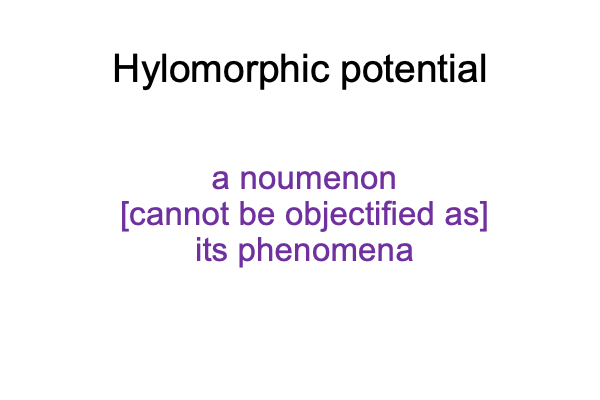Looking at Joseph Trabbic’s Essay (2021) “Jean Luc-Marion and … First Philosophy” (Part 2 of 5)
0006 Trabbic’s approach to Jean Luc-Marion’s masterwork, The Phenomenology of Givenness, is curious.
Trabbic precisely executes a style that is rarely used in contemporary works.
He asks us to recognize a possibility (that seems to be impossible).
0007 First, the reader must recognize that there are phenomena, rather than nothing. Things themselves are simply given.
Second, the reader must recognize that givenness implies a gift with no giver and no recipient.
0008 Trabbic’s construction leads the reader up the staircase of one and down the staircase of two.
The literary structure is beautiful to behold.

